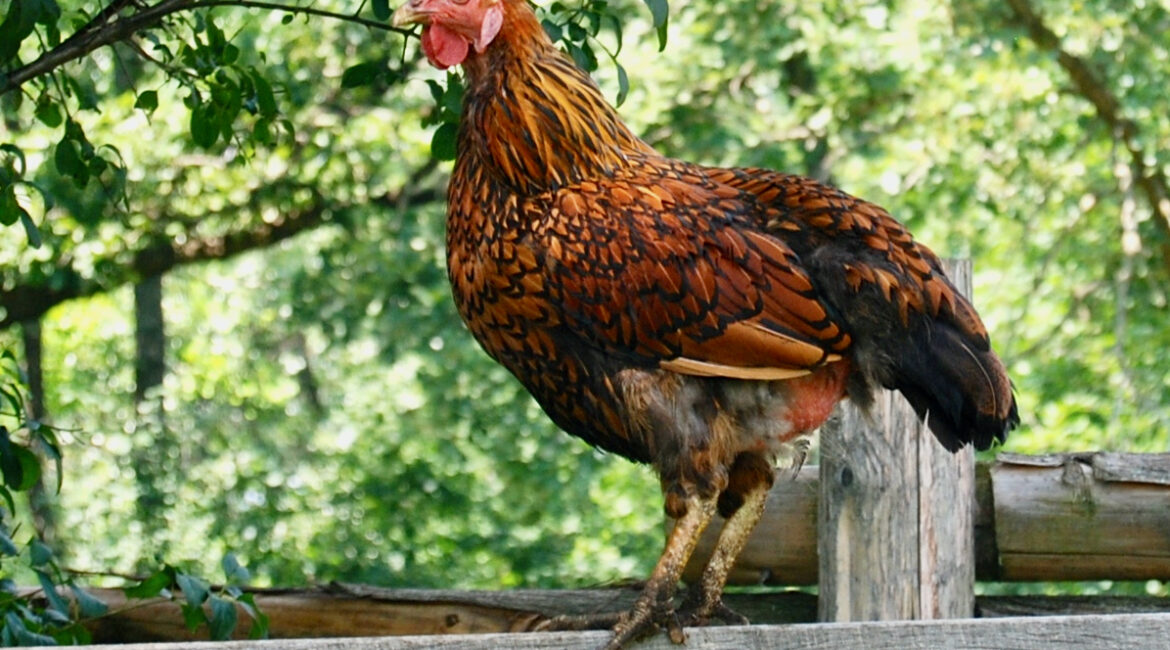Some 20.9 million birds were culled in infected domestic flocks from October through December to prevent the spread of highly pathogenic avian influenza (HPAI).
Editor’s note: This article was produced by FERN’s Ag Insider and is used with permission. ©2024 Food and Environment Reporting Network.
By Staff Author and Chuck Abbott
One-fourth of U.S. losses to bird flu in outbreaks that began in early 2022 were recorded in the past three months, when the viral disease staged a resurgence, according to USDA data released on Thursday. Some 20.9 million birds were culled in infected domestic flocks from October through December to prevent the spread of highly pathogenic avian influenza (HPAI).
Bird flu hit egg farms so severely in 2022 that egg prices soared 32% above the 2021 average, the largest increase for any of the food categories tracked by the USDA during a year of high food inflation. With flocks rebuilt, egg prices rose only marginally in 2023 and are forecast to fall 12% this year.
“HPAI was confirmed in egg layers in November 2023 for the first time since December 2022. Price impacts of the outbreak will be monitored closely,” said USDA economists two weeks ago.
A total of 79.7 million domestic birds, mostly egg-laying hens and turkeys being raised for human consumption, have died from HPAI or in eradication efforts since the first confirmed outbreak on Feb. 8, 2022. Since then, the disease has been confirmed in 1,059 flocks in 47 states. Because bird flu can wipe out a flock quickly, standard practice for agricultural officials is to kill all the birds in an infected flock and monitor nearby farms in an effort to prevent the spread of the virus.
Some owners of large poultry operations have received millions of dollars in indemnities for the loss of flocks due to HPAI in 2022 and 2023. Rembrandt Enterprises in Iowa received $17.3 million, Cold Spring Egg Farm in Wisconsin received $12.1 million, and Sunrise Farms in Iowa received $6.6 million, according to California veterinarian Crystal Heath, who filed a public records request for the information. “Killing animals is big business — a big taxpayer-subsidized business. You are paying for it whether you eat animals or not,” said Heath on social media.
USDA press aides were not immediately available to discuss HPAI indemnities or modifications to the department’s HPAI database, which is now focused on recent outbreaks, especially those occurring in the past 30 days.
“While it also includes summary data compiled since the outbreak began, looking at cases confirmed over the last 30 days provides the best picture of how the virus is currently impacting U.S. birds,” said the Animal and Plant Health Inspection Service, which compiled the database. “We expect the number of cases to ebb and flow as the level of virus continues to change in different areas based on wild bird movement.”
HPAI is most prevalent during the cold months. Officials say the disease is spread by migratory waterfowl. They advise owners to keep their flocks away from wild birds and to follow biosecurity practices, such as changing footwear, to prevent accidental contamination of bird housing. The ongoing HPAI outbreak is the worst U.S. animal disease event ever and is far larger than the 2014-15 outbreak that killed 50 million birds in commercial flocks.

A chicken perches on a fence in Eagle, Wis. File photo/Kim McDarison.
This post has already been read 788 times!
